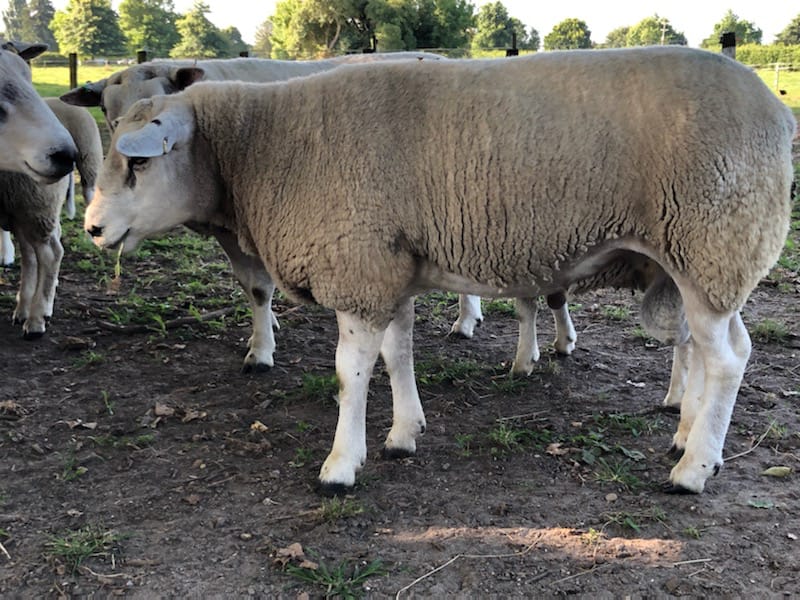In Aotearoa, New Zealand, half of the gross emissions come from agriculture, which includes the majority of nitrous oxide and biogenic methane emissions.
Agriculture is a significant emitter, but reducing emissions will build the sector’s resilience.
To meet our 2050 target, it is crucial to decrease these emissions, specifically biogenic methane emissions, by 24-47% by 2050.
One central approach to reducing emissions is through changes in significant polluters such as the Tiwai smelter. This could involve transitioning from coal power to a different form of gas.
The second approach is to release water vapour from the exhaust of hydrogen-powered cars rather than a carbon molecule.
The 3rd approach is to reduce carbon (methane, NO2 and CO2) from agriculture.
“As a scientist, I know we must do all these to reduce carbon emissions for a sustainable future”.
Farmers, scientists, and entrepreneurs in New Zealand are skilled at finding innovative solutions. Vaccinees are being worked on and testing trials are being conducted.
For example, they have discovered a way to reduce methane emissions by feeding cows a certain type of seaweed (as much as 90% reduction) or biochar (15% methane reduction), which also helps to bind nitrogen and reduce NO2 emission from cow dung and prevent nitrate leaching once the biochar gets to 10% of the soil volume.
“New Zealand signed up to the Paris Protocol – so we are heading in this direction whether we agree or disagree”.
Livestock accounts for about 75% of agricultural emissions, primarily from biogenic methane. Nitrous oxide from nitrogen fertiliser use accounts for about 3.9% of agricultural emissions.
Additionally, we have set separate targets for reducing biogenic methane emissions.
Specifically, we aim to decrease biogenic methane emissions by 10 per cent by 2030 compared to 2017 levels and by 24 to 47 per cent by 2050.
The agricultural industry significantly impacts the environment, accounting for a growing portion of global greenhouse gas emissions.
Therefore, the sector must take action to limit the effects of climate change.
There are various ways to decrease nitrous oxide emissions, such as:
- improving fertiliser application and
- opting for low-nitrogen crops.
Reducing production intensity, even by a small amount, can positively impact the environment while maintaining profitability. In addition, farmers can offset their greenhouse gas emissions by planting trees.
Studies have shown that optimising food production by altering farming methods is vital to decreasing emissions from agriculture. By utilising a range of established technologies and practices currently in use, we could achieve up to 20% of the necessary emissions reduction for the sector by 2050.
Steps to reduce emissions
- Know your farm’s greenhouse gas emissions.
Most dairy farmers will receive their greenhouse gas information from their dairy company. In addition, Fonterra farmers will have received a report that includes an emissions profile to help identify emission sources.
- Identify opportunities to reduce emissions and capture carbon.
Many opportunities involve making simple changes to current farm management practices; others require a farm system analysis.
How can we improve the efficiency of pasture and crop production?
Reducing nitrogen loss and emissions are firmly connected. The focus is on lowering N-surplus, decreasing imported/harvested feed and reducing methane.
Some tips for reducing N-surplus:
- use less N-fertiliser and supplementary feed
- make the most of homegrown pasture and crops
- improve the timing and placement of N-fertiliser
- ensure proper soil fertility, and
- optimise pasture quality and production.
An effective way to reduce methane emissions is by regulating the feed given. Studies indicate that there is a connection between methane production and feed consumption.
This implies that the more feed given per hectare, the higher the methane emissions will be.
Research shows there is a direct link between feed intake and methane produced. For every additional kg of total feed eaten per hectare, total methane emissions increase proportionally.
“Feeding Biochar to Cows is an Innovative Solution for Improving Soil Fertility and Farm Productivity”.
One of the issues of cattle farming is the urine patch, and high fertility, i.e. the loss of nutrients in the ground.
“If you feed animals with carbon supplement such as biochar, you can reduce methane by 15 per cent and nitrous oxide by 50 per cent and reduce nitrate leaching”.
To conclude; by the start of 2025 ALL NZ farms must have a written plan to measure and manage their emissions aligning with the Climate Change Response (Zero Carbon) Act.
Dr Gordon Rajendram is a New Zealand Independent Soil Scientist specialising in Soil Fertility, Agronomy & Farm Environmental Consultancy.

Gordon Rajendram
9 Kakanui Avenue, Hillcrest, Hamilton 3216
P: 021 466 077
E: rajendram@xtra.co.nz
Web site: https://gordonrajendramsoilscientist.co.nz
‘ Bringing science to the farm.’
Phillip Quay
phillip@mediapa.co.nz
P: 0274 587 724
www.mediapa.co.nz
facebook.com/mediapa








